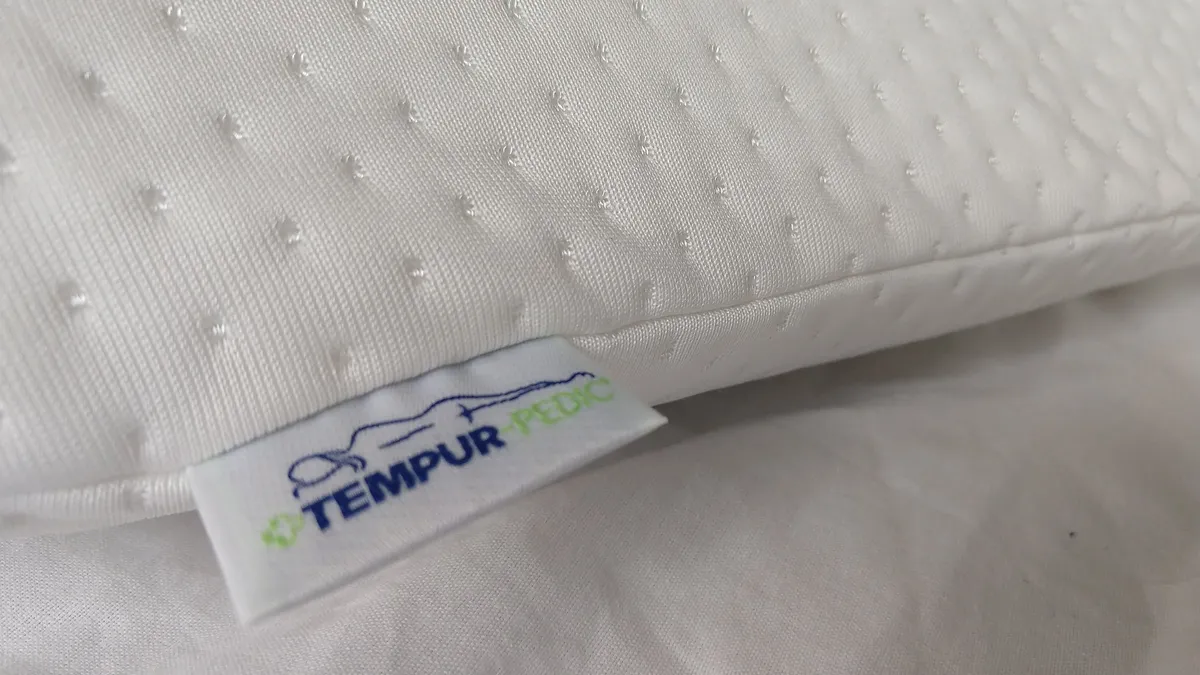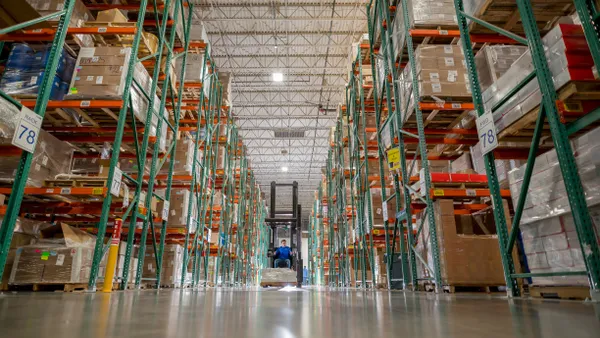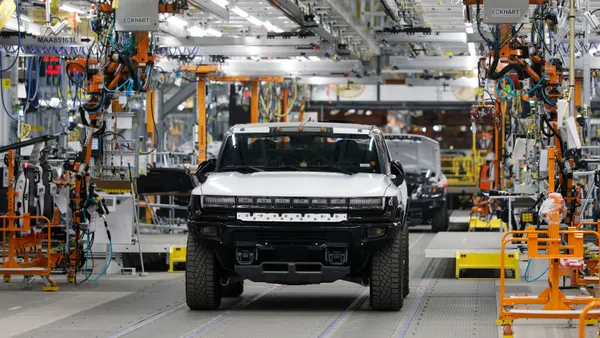Dive Brief:
- Tempur Sealy is bolstering its manufacturing capacity in the U.S. to combat supply chain constraints and increased backlogs. These issues led the company to miss out on an estimated $200 million in sales for the quarter, Chairman and CEO Scott Thompson said on its Q3 earnings call.
- Tempur Sealy opened three manufacturing facilities over the past year, expanded existing facilities and broke ground on a third foam-pouring plant in the U.S. The foam-pouring plant in Indiana will become the company's largest manufacturing site when it opens in 2023 and will produce a variety of bedding products and components.
- "We're investing to dramatically reduce our exposure to future supply chain disruptions by expanding our capacity to hold key chemical inputs and expand safety stock of certain products," Thompson said.
Tempur Sealy ramps up investment in U.S. operations
Dive Insight:
Manufacturing closer to the end consumer rather than overseas has become more appealing for companies as the COVID-19 pandemic spurred an array of import delays.
Mattel is nearshoring more of its manufacturing to avoid port bottlenecks ahead of peak season. Newell Brands CFO Chris Peterson touted the Sharpie maker's U.S.-heavy manufacturing footprint as why its writing business has been able to avoid supply chain snags in a recent earnings call.
"The vast majority of what we sell in writing is manufactured in the U.S." Peterson said. "So we are not in the business of dealing with ocean freight, port issues, availability of raw materials and components as we are on some of our other businesses."
This upside has more companies looking to expand their manufacturing footprint closer to home. According to a Thomas study conducted in March, 83% of manufacturers were likely, very likely or extremely likely to reshore, up from 54% in March 2020. Many U.S.-based supply chains have diversified their manufacturing and sourcing bases after years of heavily relying on production in China to reduce costs.
Tempur Sealy's recent operational investments are part of a broader strategy to expand its manufacturing capacity in North America, Thompson said. One recent opening in Reno, Nevada, for example, will allow it to better meet strong demand in the Western U.S. The company currently has 29 North American manufacturing facilities and 38 international facilities, according to an October investor presentation.
Tempur Sealy has had to turn away new customer opportunities in North America because of supply chain constraints that primarily affected its Sealy brand, Thompson said. Order backlogs, meanwhile, were up an additional $100 million from the previous quarter, driven mainly by its Tempur-Pedic brand.
Thompson addressed the elevated order backlogs in Q2's earnings call, saying logistical challenges prevented Tempur Sealy from acquiring some production materials — chemicals shipped from overseas were either "on the water" or "in the port," he said. Expanding facility capacity will help Tempur Sealy hold more chemicals necessary for production.
Tempur Sealy expects the supply chain constraints it has encountered to be largely resolved by the end of the year, according to its 10-Q, making it better positioned to meet consumer demand heading into 2022.
This story was first published in our Operations Weekly newsletter. Sign up here.















